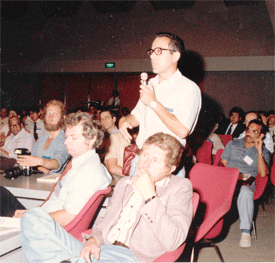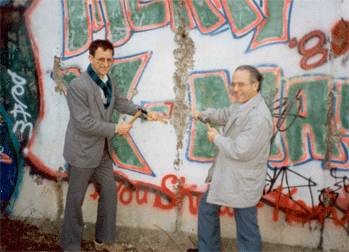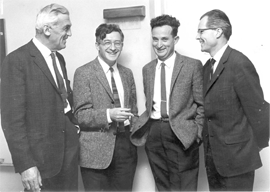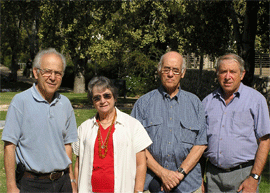Professor Israel Nowik was born January 8, 1938, in Pinsk (then Poland, later USSR, today Belarus). In 1941, at the start of the Second World War in Russia, he was exiled with his family (parents, sister, and brother) to Siberia, where his father was forced to work in stone mines. They were later released and moved to warm Uzbekistan. They returned to liberated Pinsk in 1944, to Poland (Lodz) in 1945, and to Germany (Berlin) in 1946, and immigrated to the just-established state of Israel in 1949.
This site is supervised by Mössbauer Effect Data Center, Dalian Institute of Chemical Physics, Chinese Academy of Sciences, 457 Zhongshan Road, Dalian 116023, China. Contact email: medc@dicp.ac.cn


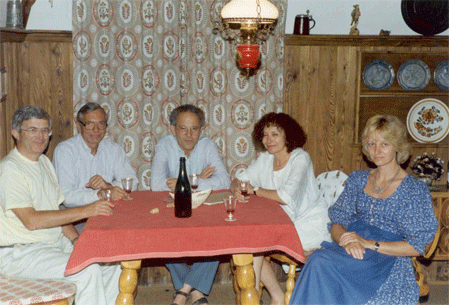 From left to right: G. Kaindl, G. K. Wertheim, I. Nowik, R. Nowik, and U. Kaindl, in Münich 1987.
From left to right: G. Kaindl, G. K. Wertheim, I. Nowik, R. Nowik, and U. Kaindl, in Münich 1987.
